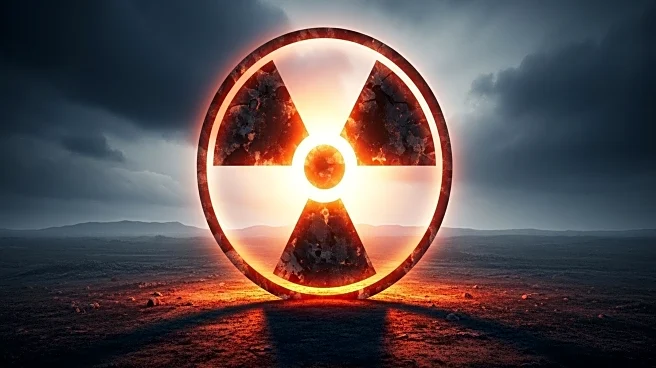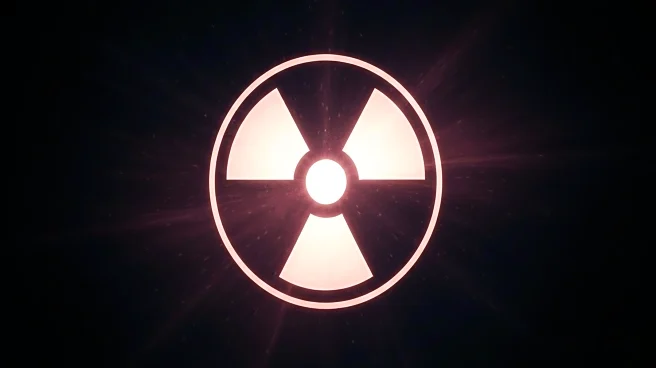What's Happening?
Kathryn Bigelow's new political thriller, 'A House of Dynamite,' premiered at the Venice Film Festival, aiming to highlight the risks of nuclear annihilation. The film, set largely within the White House, depicts a scenario where the U.S. faces an imminent nuclear missile strike from an unknown adversary. The narrative follows key figures, including Captain Olivia Walker and a national security adviser, as they navigate the crisis. Bigelow, motivated by the global issue of nuclear weapons, hopes the film will initiate conversations about nonproliferation and the dangers of existing nuclear stockpiles.
Why It's Important?
The film addresses the critical issue of nuclear weapons, which remain a significant threat to global security. By dramatizing the potential consequences of nuclear warfare, 'A House of Dynamite' seeks to raise awareness and provoke dialogue about disarmament. The film underscores the precarious nature of global security, where decisions made by a few individuals can have catastrophic implications. Bigelow's work serves as a reminder of the ongoing need for international cooperation and policy reform to address nuclear threats effectively.
What's Next?
Following its theatrical release on October 10, 'A House of Dynamite' will be available for streaming on Netflix starting October 24. The film is expected to spark conversations among policymakers, military officials, and the public about nuclear disarmament and the role of nuclear weapons in modern defense strategies. As discussions unfold, there may be increased pressure on governments to reassess their nuclear policies and engage in diplomatic efforts to reduce nuclear stockpiles.
Beyond the Headlines
The film's portrayal of nuclear crisis management highlights ethical and moral dilemmas faced by leaders in such scenarios. It questions the justification of nuclear arsenals as a defensive measure, prompting viewers to consider the broader implications of living under the constant threat of annihilation. The narrative also reflects on the human element in decision-making processes, emphasizing the personal stakes involved for those tasked with preventing disaster.












